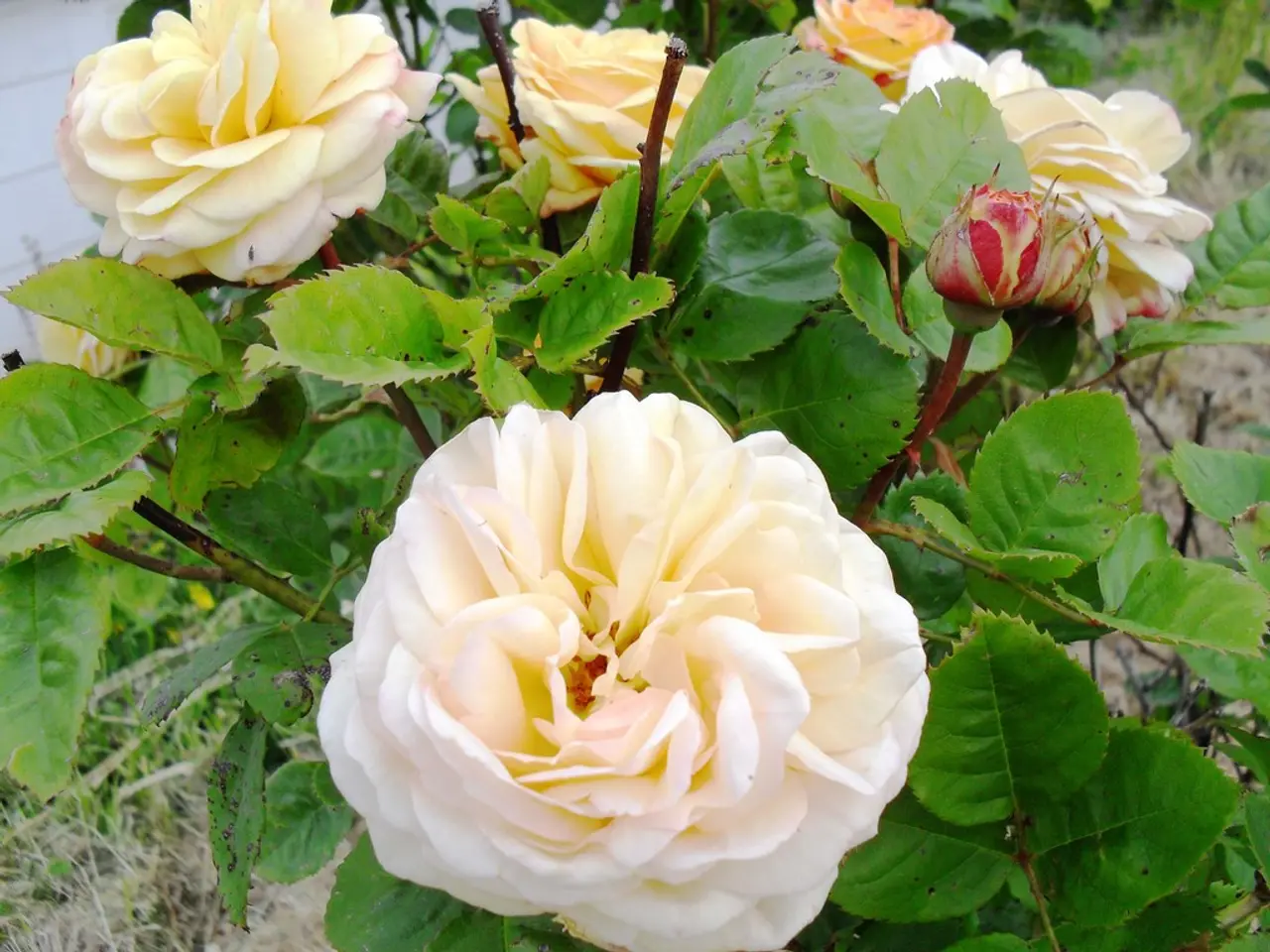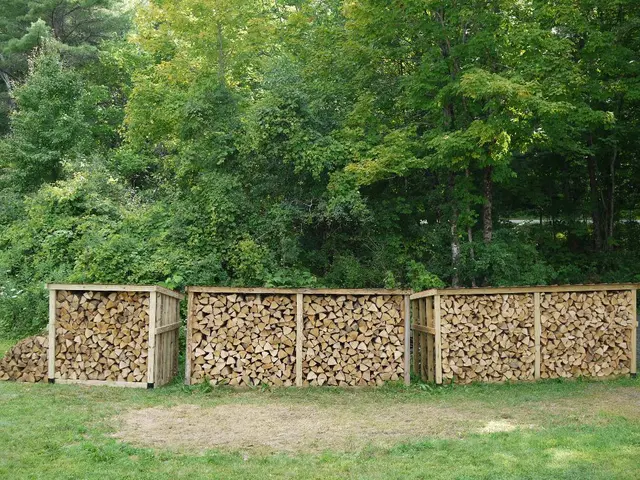Uncovering the Varieties of Intrusive Plants Thriving in Your Backyard Garden
In the world of gardening, one of the most common challenges is dealing with unwanted plants, often referred to as weeds. Here, we highlight some of the most prolific garden weeds and provide tips on how to manage them effectively.
First on our list is the yellow wood sorrel, a plant that can produce tens of thousands of seeds. These seeds are self-propagating and stick to various surfaces, making them difficult to control. However, it's worth noting that all parts of the yellow wood sorrel plant are edible, including the leaves and flowers, and it has a bright, tangy flavor often added to salads. The best way to eliminate yellow wood sorrel is to pull the weed the second it sprouts, ensuring the entire root system is removed.
Next, we have lambsquarters, a worldwide, resilient, and quick-spreading weed. Each plant can release tens of thousands of seeds in a single season, posing a significant threat to gardens and meadows. Despite being a weed, lambsquarters are edible and belong to the spinach family.
Crabgrass, the most common and most despised garden weed, is another prolific weed. Each crabgrass plant can produce up to 200,000 seeds, many of which can survive in the soil before sprouting. To get rid of crabgrass, each one needs to be pulled from the ground, ensuring the entire root system is removed. However, it's important to note that killing crabgrass with common herbicides might damage lawn grass.
Plantain, a broadleaf perennial that grows in clumps and can spread quickly, is another common garden weed. It propagates by dispersing seeds through its flowers and sticks to various surfaces.
Ragweed, despised due to its hyper-pollen production that causes hay fever, grows in empty patches of land, yards, road edges, and open fields. To manage ragweed, cover it with landscape fabric and mulching. Use high-quality, porous landscape fabric to prevent frequent changes.
Lastly, it's essential to know the different types of meadow seeds because each type has specific nutrient requirements that influence the choice of appropriate fertilizers for meadow maintenance or establishment. Different plant species in meadows may need tailored fertilization strategies to promote their growth and manage soil nutrients effectively.
Understanding and managing these common garden weeds is crucial for maintaining a healthy and vibrant garden. By being proactive and implementing effective strategies, gardeners can keep their gardens free from unwanted plants and promote the growth of desired species.
Read also:
- Long-Term Prescription Drug Impact on Brain Function
- Benefits, sources, and supplements for Vitamin D and its role in addressing osteoporosis
- Diabetes Management during Pregnancy: Keeping Tabs on Blood Sugar Levels and Lifestyle Adjustments
- Life Expectancy with Interstitial Cystitis: Exploration of Research, Treatment Methods, and Additional Information




